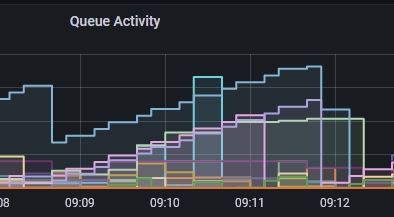The MQ JMS packages have options to permit configuration of internal tracing and related logging features. While debugging a recent project, I wanted to look at traces of both the MQ library, and some of the surrounding Spring behaviour. While possible, it was not as convenient as I would have liked. So I’ve added some new options that simplify tracing MQ JMS apps in Spring.
Continue reading “Tracing MQ JMS apps in Spring”This post was last updated on February 21st, 2025 at 07:25 am




